When a conflict involves only two players, there is a good chance they can reach an agreement. But when there are three, four, or even more, chaos theory comes into play and it becomes impossible to predict, even with the most advanced artificial intelligence (AI), who will agree with whom and on what.
After the Second World War, the Cold War emerged, and we know that there were essentially two main players: the United States and the Soviet Union. When they reached an agreement, things generally worked. When they didn’t, the conflict came dangerously close to them and to the rest of the world. A prime example is the 1962 Cuban Missile Crisis, which brought the world to the brink of nuclear war. However, both sides recognized the risk, leading them to negotiate and settle on key terms.
Hungary also fell victim to this bipolar world order: beyond empty words, the U.S. leadership refused to meaningfully support our 1956 revolution and freedom fight because the two sides had long agreed on which territories would belong to the Soviet Union and which to the United States. President Eisenhower, preparing for re-election, adhered to this deal, crushing our hopes.
Today, however, we are not facing a two-sided conflict but a chaotic situation in Ukraine’s proxy war. At least six key players are involved, making an agreement extremely difficult—though we all hope for one.
It’s worth quickly reviewing the interests of these players and what they seek to achieve in this conflict. Let’s start with the United States. President Donald Trump takes "America First!" extremely seriously and acts accordingly. For him, this does not mean, as it did under the Democrats (backed by the deep state), that the U.S. must be the world's master, moral authority, military enforcer, and security guarantor. Simply put, he does not want a unipolar world the way his predecessor did, who prioritized military solutions and moral posturing. Let's not forget that
Trump is a businessman-turned-politician, and for him, American supremacy is primarily about economic, commercial, and financial dominance, but he does not want to sacrifice human lives or engage in perpetual wars. In this sense, he genuinely wants peace in Ukraine, but in a way that ensures the best possible business outcome.
This was evident in his negotiations with Zelensky, where he laid claim to half of Ukraine’s rare earth minerals in exchange for pressuring Putin into peace. Zelensky quickly realized this, apologized to Trump, trying to go back to the deal that had been negotiated but had stalled due to his behavior.
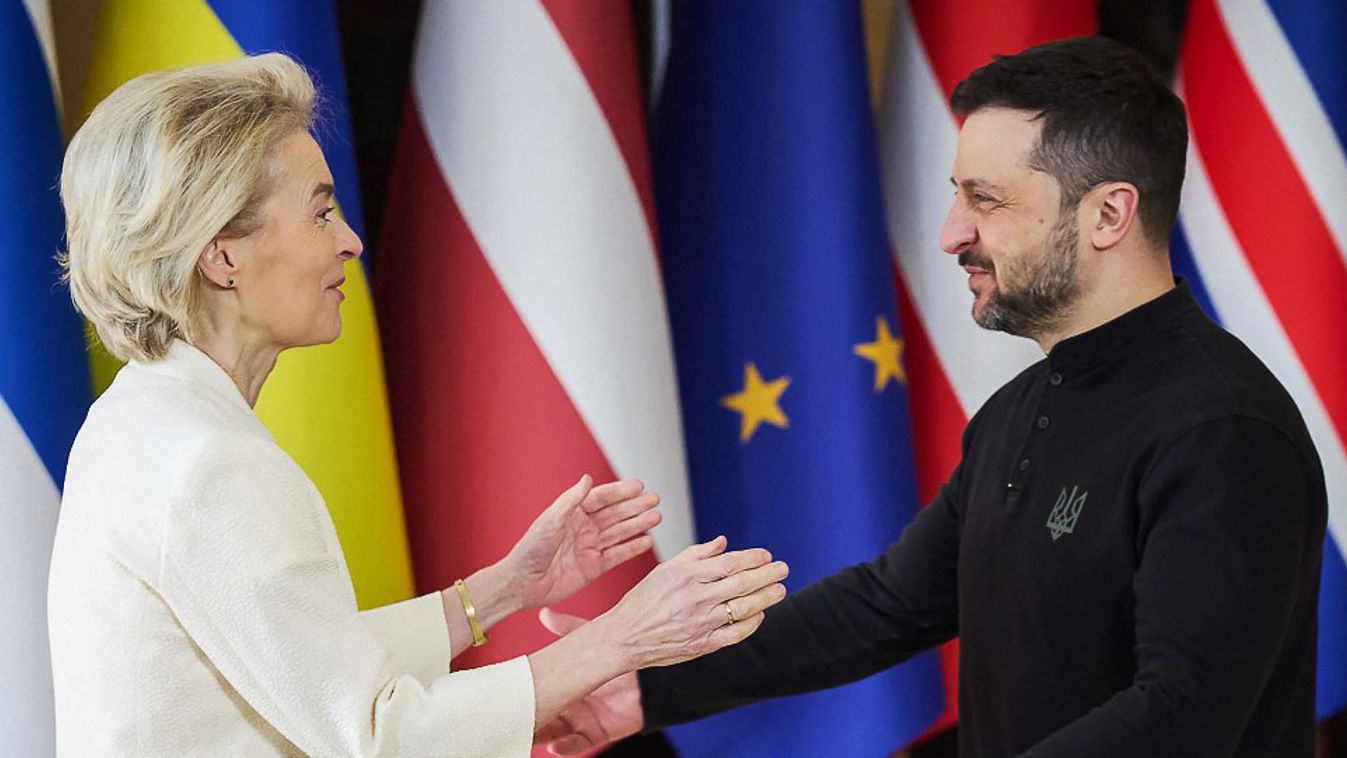
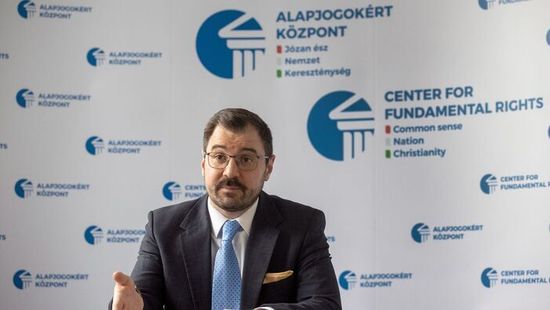
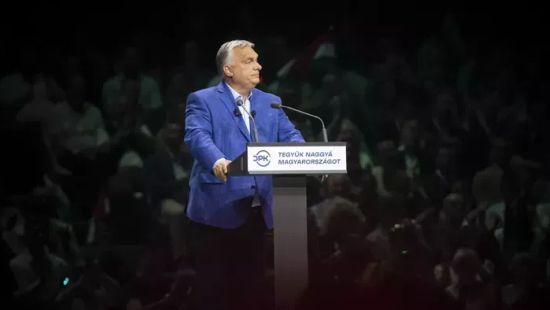
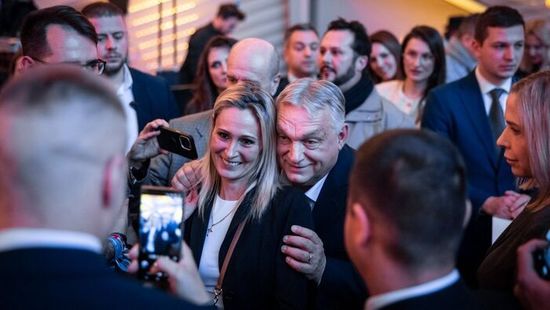
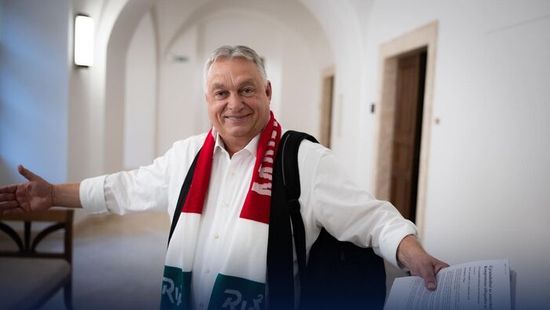


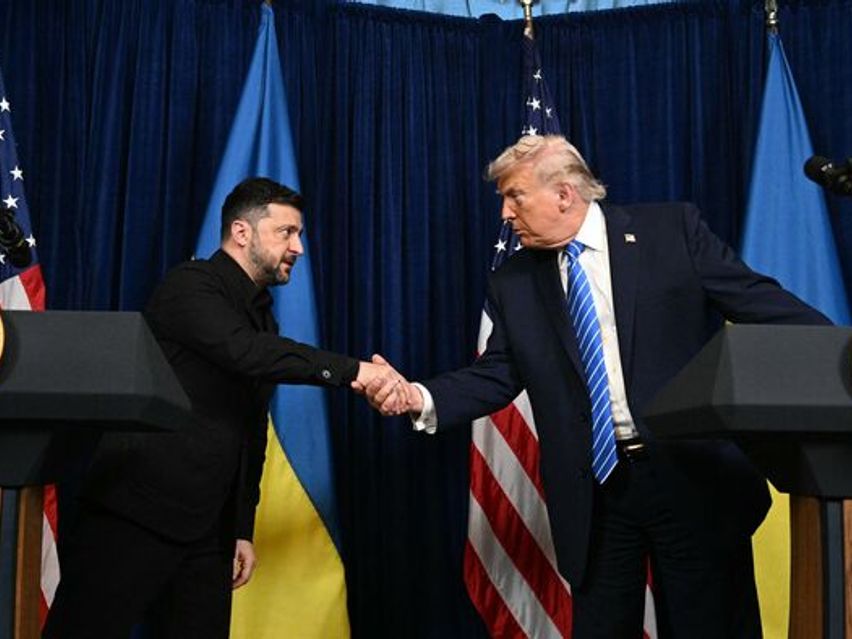



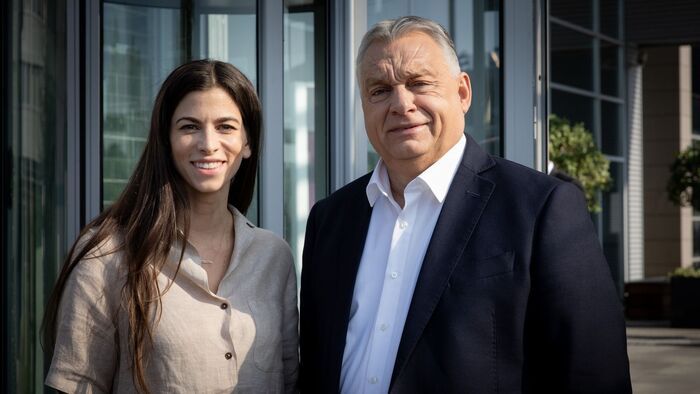

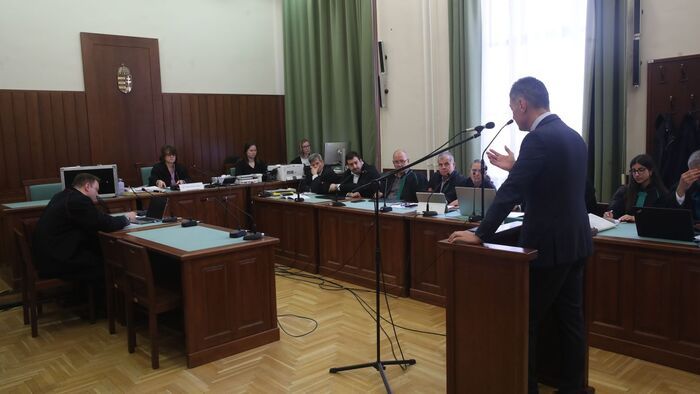

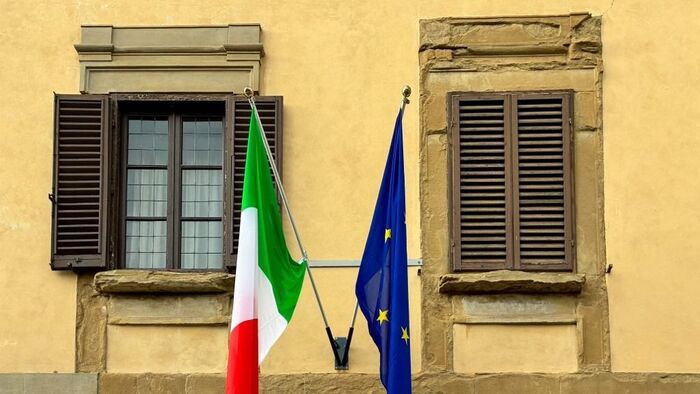

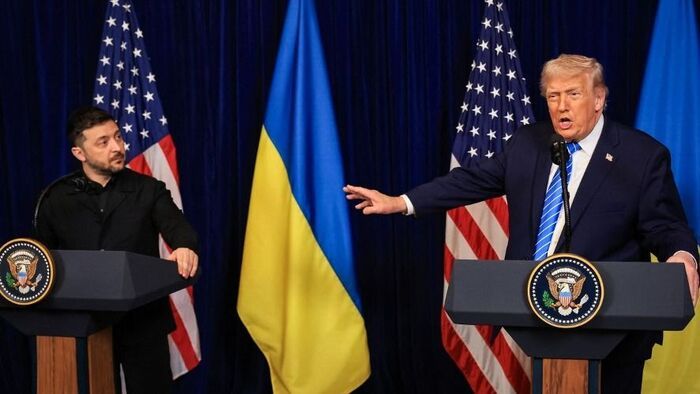





Szóljon hozzá!
Jelenleg csak a hozzászólások egy kis részét látja. Hozzászóláshoz és a további kommentek megtekintéséhez lépjen be, vagy regisztráljon!